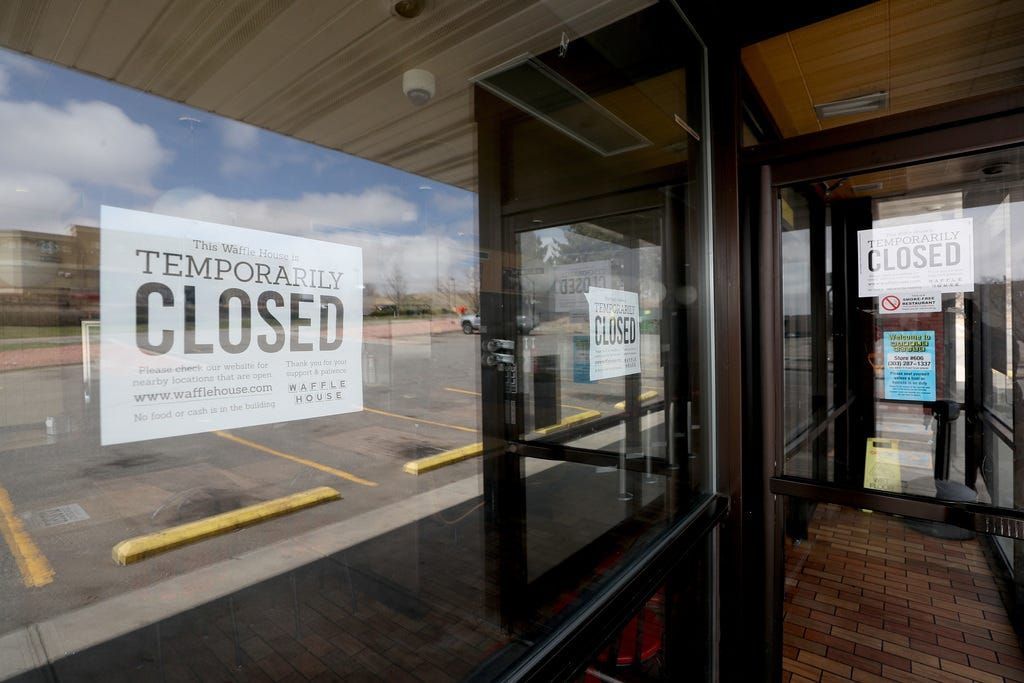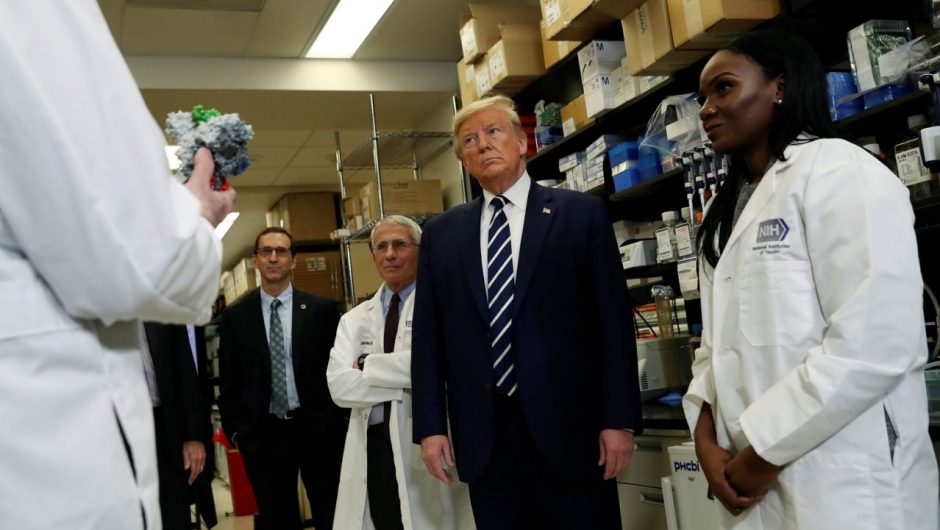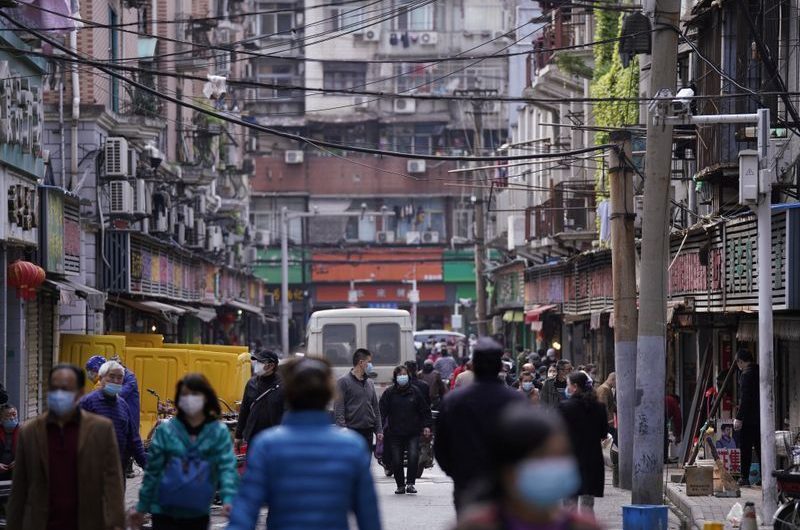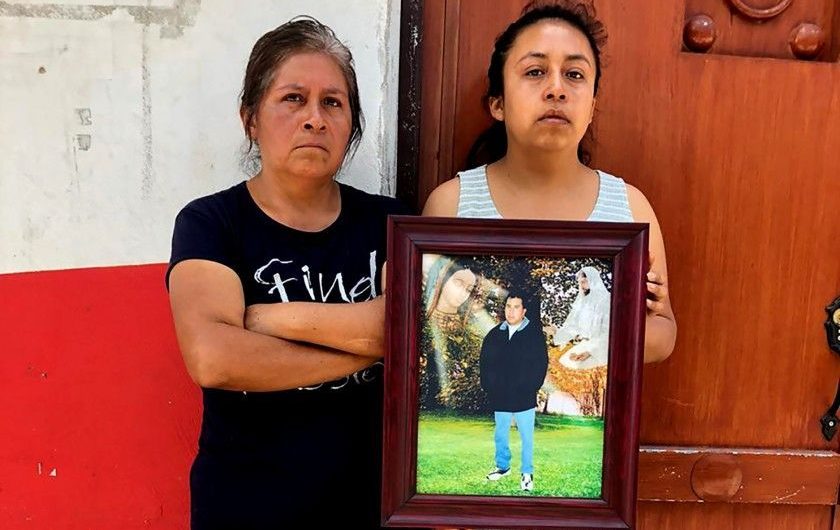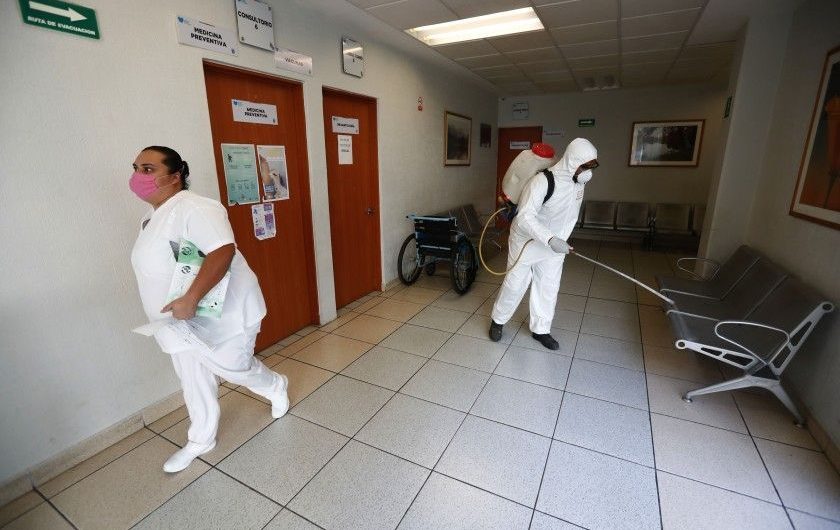As the world economy enters an unprecedented crisis caused by the COVID-19 pandemic, and policymakers in Washington and other global capitals prepare record fiscal stimulus plans, stakeholders should heed an important lesson from the last financial downturn in 2008: Recovery is only possible through coordinated global action.
A little more than 10 years ago, as the world was entering the Great Recession, stakeholders had to look far back in the rearview mirror to the Great Depression for policy guidance. While the actions of the 1930s did offer important lessons for 2008 — most notably the need to expand the money supply — the economy of the 1930s was fundamentally different than the global economy of the early part of this century.
A lesson from the Great Recession
By 2008, the S&P 500 had grown approximately tenfold over the previous 80 years, the world’s labor market had moved from one largely rooted in agriculture to one firmly based in industrial and digital sectors, and the global trading system had become the foundation of national economies. Compared with the 1930s, stakeholders in 2008 were operating in an interconnected world with a global financial system and were therefore largely in unchartered waters.
If there is a silver lining in the economic portion of the crisis we are seeing unfold today, it is that the relatively compressed timeline between 2008 and today means there is great relevance in one of the most consequential approaches policymakers employed then. In particular, the lesson of 2008 is that a globalized economy necessitates a global solution.
Today, the economic outlook for the world is bleak, with the coronavirus crisis already causing one of the most severe shocks to global growth in a century. Projections are that the second quarter of 2020 will be the worst quarter in generations.
In Thornton, Colorado, on March 26, 2020.
Though the scale of today’s crisis may be larger and the contours certainly different than that of 2008 — notably, we are facing a supply shock as leaders are rightly enacting measures to physically prevent industries from operating — the fact is that in its interconnections, today’s economy is structurally similar to the one that was in place a little over a decade ago.
Story continues
Because the economy of the 2008 period was so interconnected, analysts referred to the subprime lending that triggered the crisis as “contagions.” That June, three months before the collapse of Lehman Bros., two economists at the International Monetary Fund compared these shocks to an “epidemic in which an invisible virus infects many people and communities.” These words are darkly apt for today.
After the coronavirus:America needs to reengage with the world, not retreat from it
Understanding that the world’s economies were intertwined, policymakers took unprecedented steps. Most notably, in October 2008, major central banks across the world cut interest rates simultaneously. And with the threat of another Great Depression looming, the Group of 20 leading nations became a powerful, action-oriented body, convening heads of state and government in coordinating a global response to the crisis. These actions were key to staving off the worst and repositioning the world economy toward growth.
Trade should not be a weapon
Unlike a decade ago, this time we are fighting a real contagion. And unlike a decade ago, we are faced with a much more polarized world with a weaker economic “immune system.” The pandemic comes within an unsettled global environment, as major economic powers have been using trade as a weapon rather than a means for joint prosperity.
Market unions that were once strong have been tested by fracture. And many countries have looked at shared challenges, such as climate change, through a prism of competition rather than coordination. At the same time, overall global debt has reached a high of $184 trillion — more than 11 percentage points of GDP higher than in 2009. This is before needed stimulus has been spent.
Look to history for hope: Past crises show how we can learn and grow
But like a decade ago, it would be a mistake for leaders to think they can respond to the crisis alone. While the coronavirus necessitates the distancing of those who are sick and the closure of borders in some instances, these measures cannot be prescriptions for our long-term economic well-being. Trade represents close to 60% of global gross domestic product, and national economies cannot thrive in isolation.
As the virus abates, countries will need to strengthen global commerce together and ensure those countries challenged by less resources in reserve have the means to recover. Leaders are hopefully looking back and approaching the recovery in a posture of coordination.
Børge Brende is president of the World Economic Forum. Follow him on Twitter: @borgebrende
You can read diverse opinions from our Board of Contributors and other writers on the Opinion front page, on Twitter @usatodayopinion and in our daily Opinion newsletter. To respond to a column, submit a comment to letters@usatoday.com.
This article originally appeared on USA TODAY: Coronavirus economic crisis: Great Recession showed global fix is key


